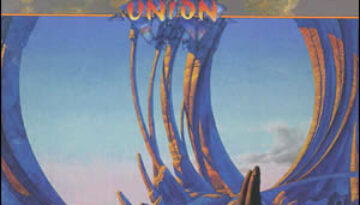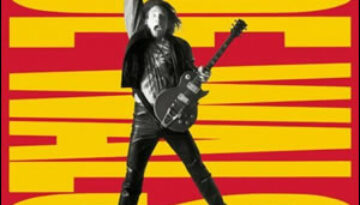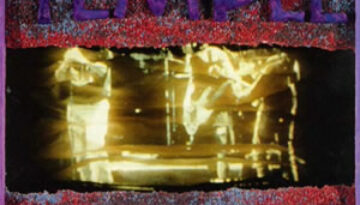Union by Yes
Buy Union The 1991 album, Union, is unique not only among the vast collection of Yes albums, but is a unique release among all mainstream rock albums. At the time they were recorded, […]

Buy Union The 1991 album, Union, is unique not only among the vast collection of Yes albums, but is a unique release among all mainstream rock albums. At the time they were recorded, […]

Buy Ordinary Average Guy Joe Walsh‘s long solo career was beginning to wind down by the early nineties, in part due to a decades long “party” which was starting to take its toll […]

Buy Temple of the Dog Temple of the Dog was sort of a reverse super group in the sense that the group members would go on to play in two of the more […]